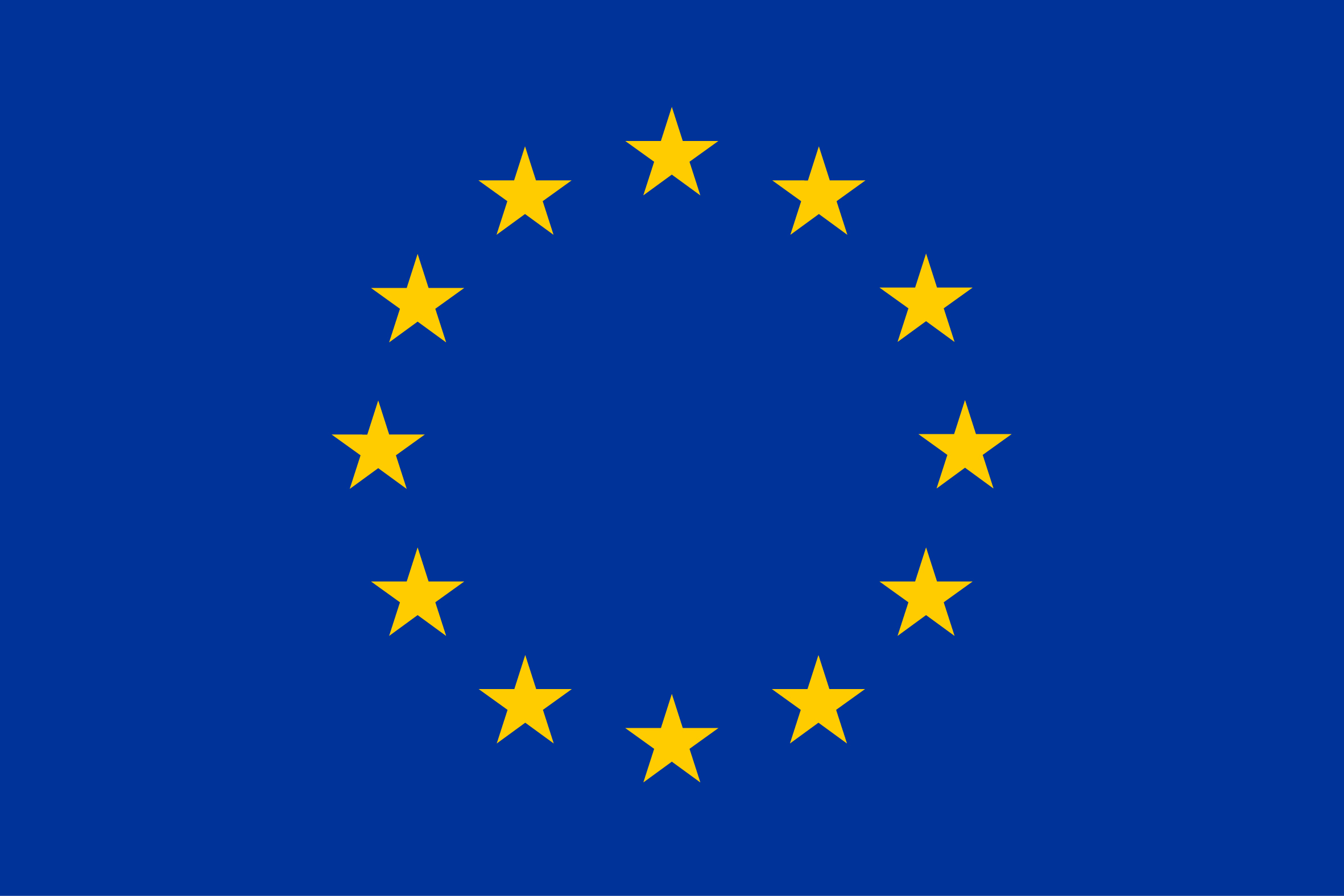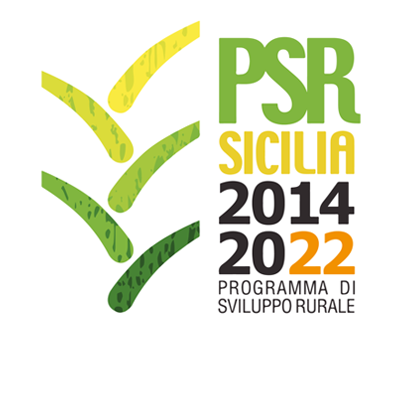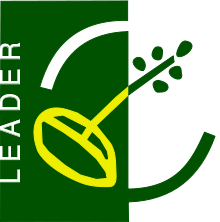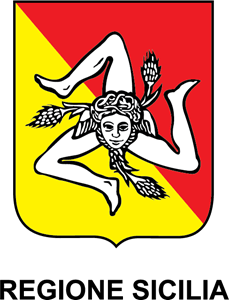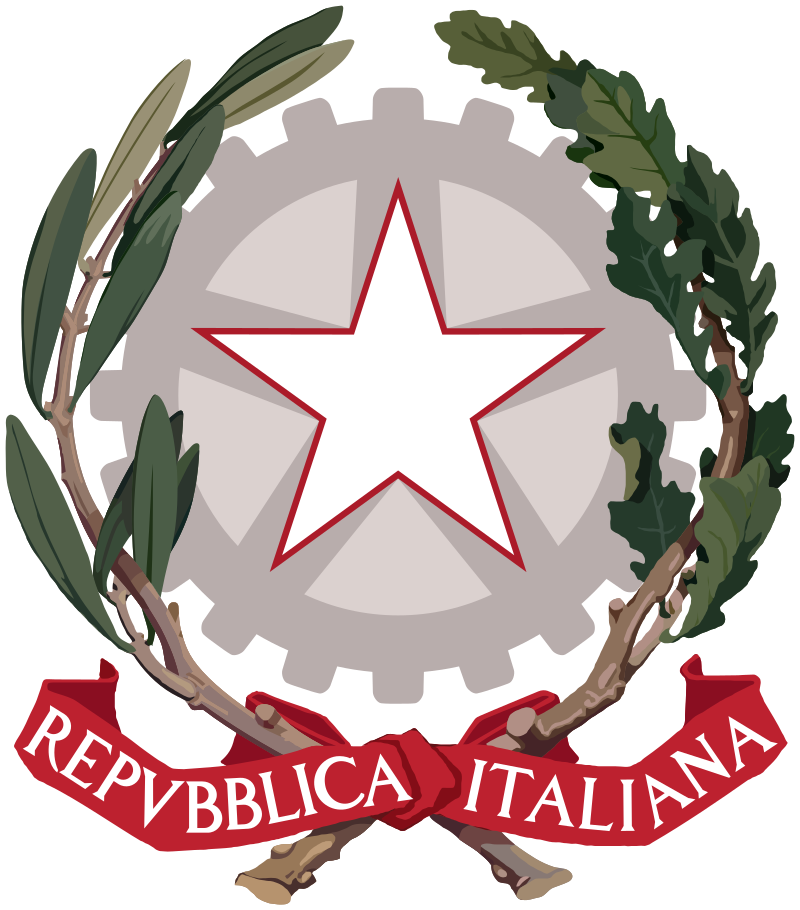Jersey
Country
Specie
ISO3
HRV
Language
eng.
Transboundary name
Jersey
Other name
Džerzi
Breed classification (adaptedness)
Exotic
Breed classification (geographic)
International
Local cryo conservation status
No Material
Local Risk
At Risk
Detailed local risk status
Critical
International Transboundary Risk detailed
Not at Risk
Holstein
Country
Specie
ISO3
HRV
Language
eng.
Transboundary name
Holstein (black and white)
Other name
Crno šaro govedo, Holštajn
Breed classification (adaptedness)
Locally adapted
Breed classification (geographic)
International
Additional information
2003: Holstein cattle account for 7 % of the total cattle population. Participation of particular breeds has not changed much in the last years, but it is estimated that the introduction of Holstein-Friesian breeds will increase.
Color comments
multi coloured: black pied
Number of horns males
0
Number of horns females
0
Wither height males
153
Wither height females
137
Weight males
1100.00
Weight females
620.00
Herdbook established
1948
Domestication status
domestic
Description of origin
imported from The Netherlands, USA and Canada
Location within country
lowlands of Croatia
Local cryo conservation status
Sufficient
Local Risk
Unknown
Detailed local risk status
Unknown
International Transboundary Risk detailed
Not at Risk
Highlander
Country
Specie
ISO3
HRV
Language
eng.
Transboundary name
Highland
Other name
Škotsko Visinsko
Breed classification (adaptedness)
Exotic
Breed classification (geographic)
International
Local cryo conservation status
Not Sufficient
Local Risk
At Risk
Detailed local risk status
Critical
International Transboundary Risk detailed
Not at Risk
Hereford
Country
Specie
ISO3
HRV
Language
eng.
Transboundary name
Hereford
Other name
Hereford
Breed classification (adaptedness)
Exotic
Breed classification (geographic)
International
Local cryo conservation status
Not Sufficient
Local Risk
At Risk
Detailed local risk status
Endangered
International Transboundary Risk detailed
Not at Risk
Dalmatian grey cattle
Country
Specie
ISO3
HRV
Language
eng.
Other name
Dalmatinsko sivo govedo
Breed classification (adaptedness)
Native
Breed classification (geographic)
Local
Adaptability to specific environment
This breed tolerates both high and cold temperatures and is adapted to the local environment (karst region).
Other special qualities
This breed is adapted to extremely extensive conditions.
Efabis adaptability to marginal land
karst region
Color comments
uni coloured: grey
Number of horns males
2
Number of horns females
2
Horn shape size and comments
short and light horns
Wither height males
125
Wither height females
119
Weight males
400.00
Weight females
325.00
Other specific visible traits
strong hooves
Herdbook established
1945
Domestication status
domestic
Taxonomic classification
Breed
Description of origin
indigenous breed Busa improved with Tyrol Grey (Austria)
Location within country
Dalmatia
Local cryo conservation status
Not Sufficient
Local Risk
At Risk
Detailed local risk status
Endangered
Charolaise
Country
Specie
ISO3
HRV
Language
eng.
Transboundary name
Charolais
Other name
Šarole
Breed classification (adaptedness)
Locally adapted
Breed classification (geographic)
International
Local cryo conservation status
Not Sufficient
Local Risk
At Risk
Detailed local risk status
Endangered
International Transboundary Risk detailed
Not at Risk
Busa
Country
Specie
ISO3
HRV
Language
cro.
Other name
Buša
Breed classification (geographic)
Local
Adaptability to specific environment
The breed is very well adapted to the locally prevailing marginal conditions and is especially moderate in nutrition.
Specific reproductive characteristic
The females are known for calving ease.
Other special qualities
This breed is known for longevity.
Color comments
uni coloured: yellowish-brown, brown, dark brown
Efabis main colour
Always uniform in colour, light brown, red to black colour with a stripe on the back in contrast with the main colour. Smaller frequency of Buša of
Efabis skin colour
prutasta
Number of horns males
0
Wither height females
Horns and hooves are always dark coloured. On short horns, white covering is frequent around the root of the horn, and tips are regularly black.
Weight males
118.00
Weight females
112.00
Other specific visible traits
400
Herdbook
250
Herdbook established
Brachyceros type, small stature
Domestication status
y
Taxonomic classification
2003
Description of origin
domestic
Import
indigenous breed indigenous breed of Brachyceros type; Busa is surely phylogenetically strongly related with Busa populations in neighbouring states.
Local Risk
mountain and coastal part of Croatia
Detailed local risk status
Not Sufficient
Regional Transboundary Risk (detailed)
At Risk
International Transboundary Risk detailed
Endangered
Brown cattle
Country
Specie
ISO3
HRV
Language
eng.
Transboundary name
Brown Swiss
Other name
Smeđe govedo, Montafonac
Breed classification (adaptedness)
Locally adapted
Breed classification (geographic)
International
Additional information
2003: brown cattle account for 3 % of the total cattle population.
Color comments
uni coloured: brown, dark brown
Number of horns males
2
Number of horns females
2
Wither height males
153
Wither height females
133
Weight males
1100.00
Weight females
570.00
Other specific visible traits
broad back, well developed udders with good attachments
Herdbook established
1950
Domestication status
domestic
Taxonomic classification
Breed
Description of origin
imported from Austria, Switzerland and USA
Location within country
highlands of Gorski Kotar and Peninsula Istra
Local cryo conservation status
Not Sufficient
Local Risk
Unknown
Detailed local risk status
Unknown
International Transboundary Risk detailed
Not at Risk
Blonde D'Aquitain
Country
Specie
ISO3
HRV
Language
eng.
Transboundary name
Blonde D’aquitaine
Other name
Blonde D'Aquitain
Breed classification (adaptedness)
Exotic
Breed classification (geographic)
International
Local cryo conservation status
Not Sufficient
Local Risk
At Risk
Detailed local risk status
Critical
International Transboundary Risk detailed
Not at Risk
